By Laura Nesbitt, Sport Investigations Editor
Ice swimming, a sport where individuals swim in water temperatures of 5°C (41°F) or lower, has been gaining momentum as a new extreme sport.
Originating from traditions in Eastern European and Nordic countries, the International Winter Swimming Association (IWSA) was established in 2006 to foster the chilly pursuit of racing in short distances from 50 metres to 450 metres and team relays. International Ice Swimming Association (IISA) was established in 2009 with the difference of offering the chance to race in the one kilometre – ice swimming’s hallmark event.
Outside of competition IISA also offers swimmers the opportunity to swim the Ice Mile, a distance of 1609.3m. The Ice Mile stands as the ultimate test, often compared by IISA founder Ram Barkai to scaling Mount Everest. To swim, swimmers don traditional costumes, goggles and a cap, without any additional aid.
As IISA has evolved, the introduction of new challenges has continued to present swimmers with the opportunity to push the limits of what is possible. IISA introduced the Ice 7s (an Ice Mile on every continent), Ice Zero (one-mile swim in water temperatures below 1°C) and Extreme Ice Mile (one or more of the following conditions: water temperature at or below 2°C, wind chill at or below -15°C, a swim distance of two kilometres or longer, or the swim being performed at an altitude of 2,440 metres or higher).
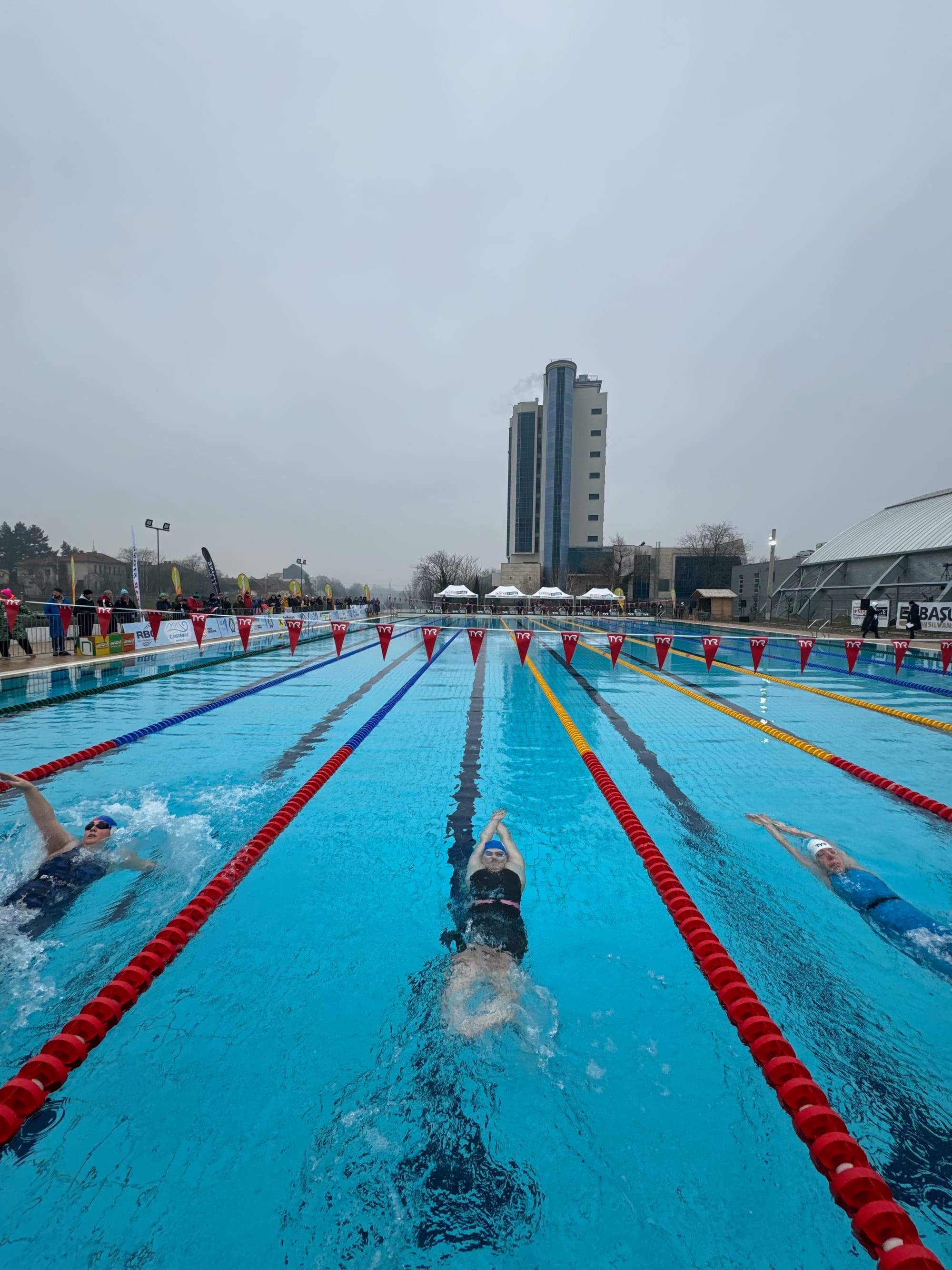
IISA organises the Ice Championships, the latter occurring annually, with the World Championships every other year. Due to the risks involved, only those with experience in cold-water races are permitted to compete in longer distances. Health precautions are stringent, requiring competitors to submit an annual medical assessment and electrocardiogram (ECG) – a mandate extended even to short-distance swimmers by the Great British Ice Team.
Despite the appeal of these icy exploits, there is an inherent risk. The shock of cold water can induce hyperventilation and a spike in blood pressure, whilst prolonged exposure may lead to hypothermia or even death. The IWSA and IISA differ in their approach to safety, with the IWSA capping race distances at 450 metres. Under IISA, swimmers sign a waiver to accept the personal risks associated with each swim.
Beyond the thrill and personal accomplishment, there is a hope that ice swimming will one day be recognised as an Olympic sport. In 2023, the IISA and the French Swimming Federation (FFN) became affiliated during the World Championships held in Samoëns, France. The partnership aimed to develop the discipline of ice swimming within Europe, by focusing on organising events, promotion and awareness. In January 2024, IISA achieved a milestone by incorporating itself in Switzerland – the headquarters of Olympic sport – as an international sports federation, marking another step in its journey towards global recognition and, perhaps one day, Olympic glory.
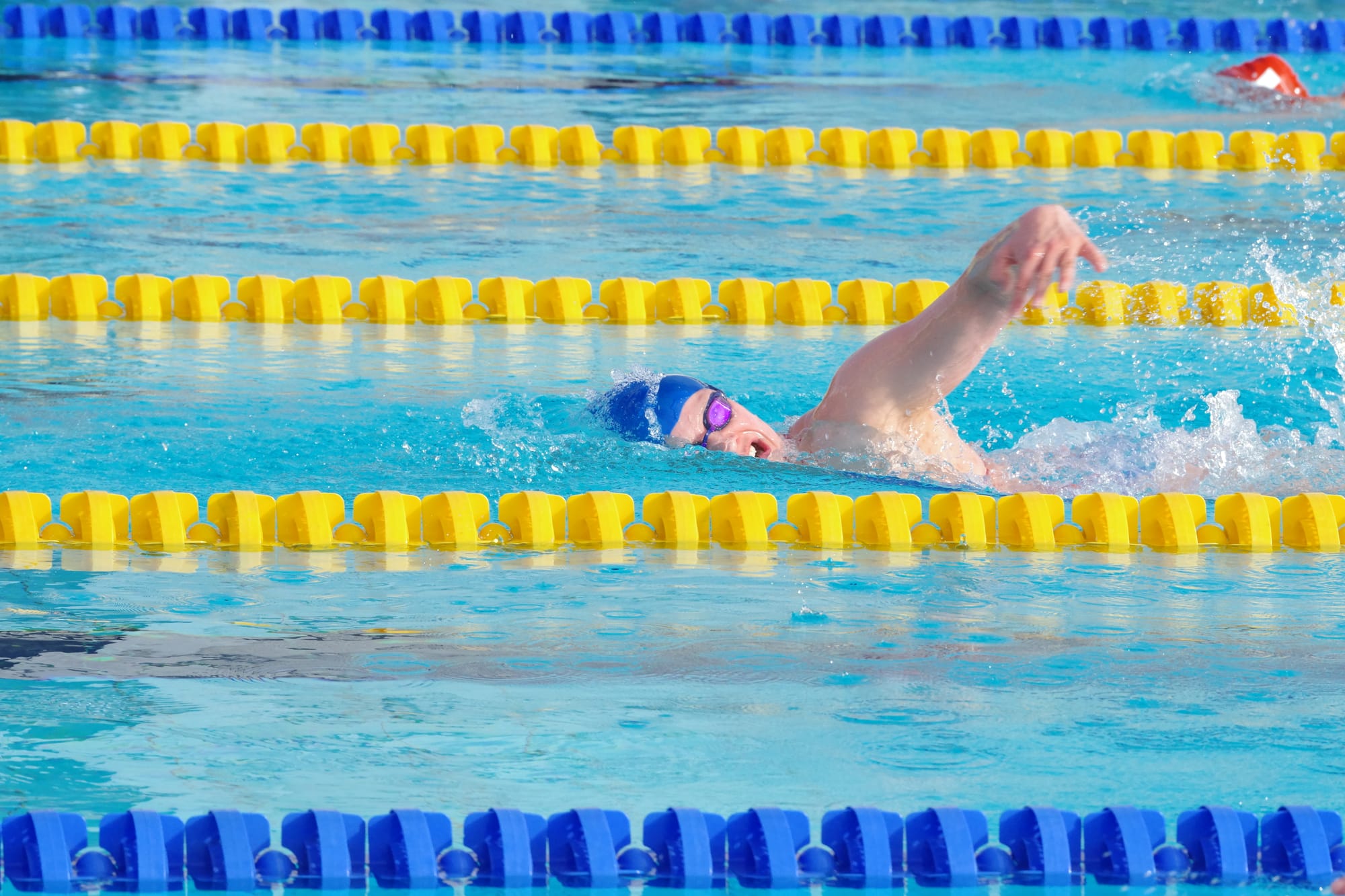
Nonetheless, significant advancements in safety and governance are necessary for the sport's continued growth. As ice swimming gains international traction, with IISA holding events in 46 countries and boasting membership from 73 nations, the push for Olympic inclusion continues. However, the sport's enthrallment must be balanced with safety and ethical considerations, particularly as it steps onto larger platforms like the Olympics.
There are huge gaps in cold water, specifically ice water, research. More education is needed to manage the expectations of the sports ambitions globally, but also for swimmers entering the sport for the first time. Safety must be everyone’s priority.
Ethically, the temperature at which cold water swimming research stops or is considered too risky varies based on the specific guidelines of research ethics committees and the physical condition of the participants involved. Generally, water temperatures below 15°C (59°F) are considered cold water swimming, and temperatures below 5°C are often viewed as extremely cold and carry a higher risk of hypothermia and other cold-related injuries or illnesses. There is currently no real data on testing below 5°C.
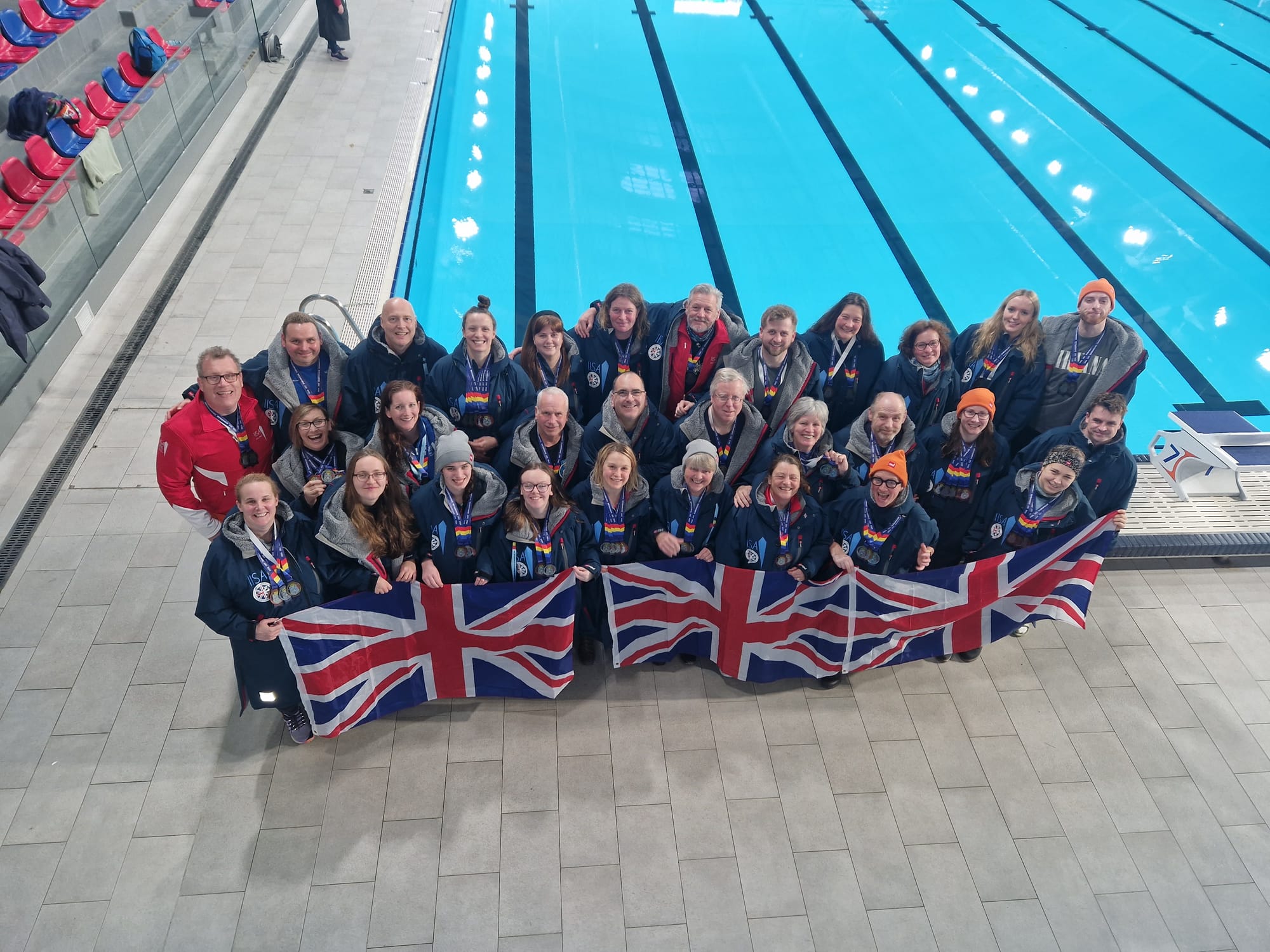
Professor Mike Tipton, an expert in human and applied physiology at the University of Portsmouth, has conducted research that has significantly advanced our understanding of human physiological and psychological responses to extreme environments, including cold water. He is based at the Extreme Environments Laboratory at the University of Portsmouth, where he investigates how the body reacts to adverse conditions, such as cold-water immersion, and its implications on safety, survival and health. His studies on the impact of cold water on swimmers, led to a revision of FINA's (World Aquatics) rules in 2017, making wetsuit use compulsory in water temperatures below 18°C and optional in temperatures below 20°C for elite marathon swimming in the Olympics. This was a direct result of findings indicating that these temperatures were too cold for some elite swimmers to complete a two hour swim without becoming hypothermic.
Acclimatised swimmers even in the longer distances, such as the one kilometre and the Ice Mile, are likely to experience their core body temperature drop after the swim has finished making post-swim monitoring and rewarming strategies crucial in ensuring the safety and wellbeing of participants.
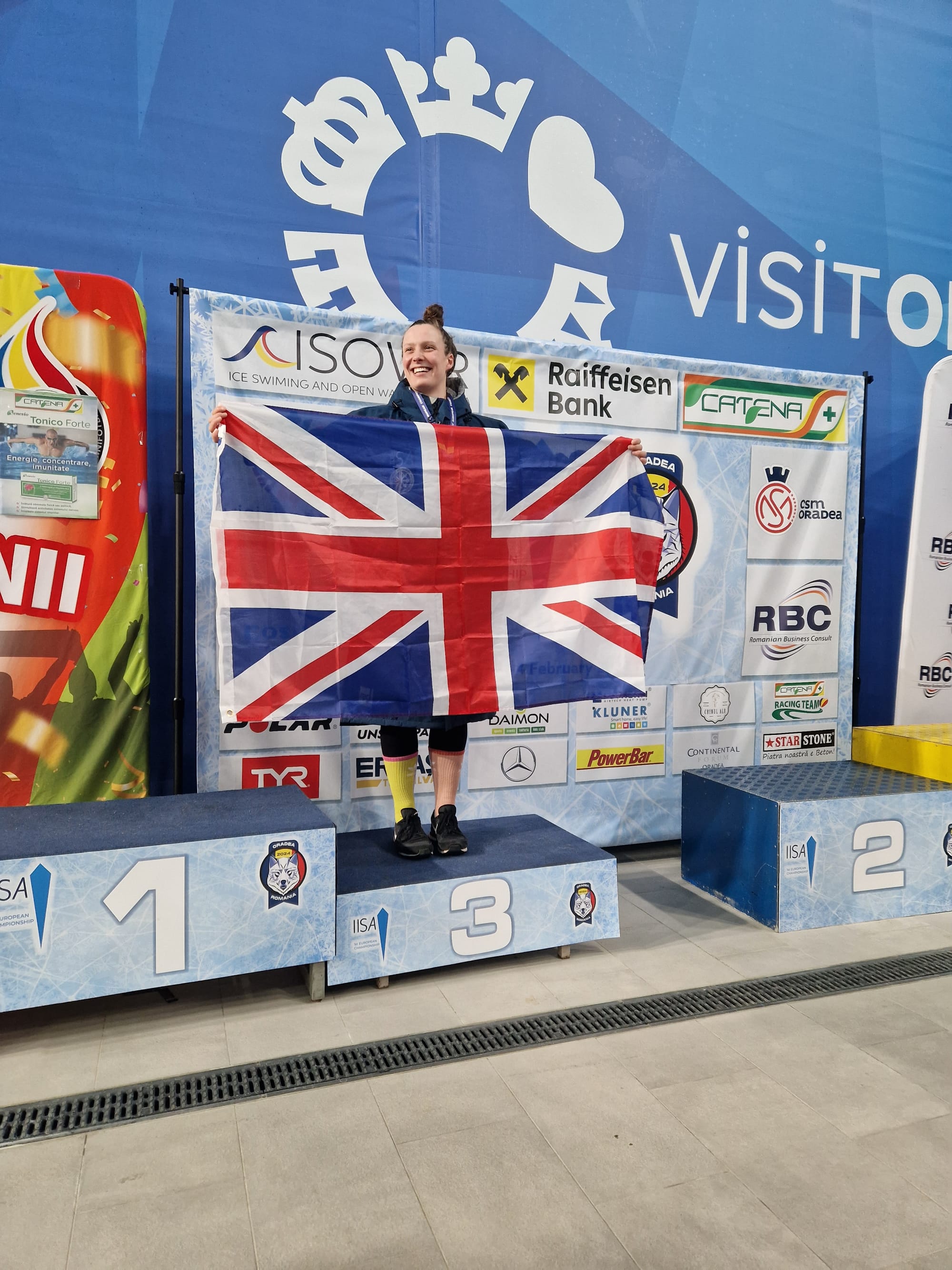
University of Bristol alumna and water polo player, Heidi Brice, sits on the GB board for Ice Swimming and attended last month’s European Championships where representatives of each country attended a global meeting about the future of ice swimming. For the first time, feedback from the championships and ice swimming was taken on board, showing that while ice swimming is a fast-growing sport, ultimately the health and safety of the swimmers are paramount, necessitating continued evaluation and adaptation of safety protocols.
Heidi went on to podium in the 100m Backstroke, achieving an age-group bronze in a water temperature of 4°C. Laura Nesbitt, current University of Bristol student and Epigram's Sport Investigations Editor, achieved two overall bronze medals in the overall category for the 250 metre and one kilometre Freestyle, three age-group golds for the 250 metre, 500 metre and the one kilometre and an age-group silver in the 50 metre Freestyle.
In comparison to the World Championships last year, where Laura was the only swimmer on the team to medal four times in the overall category, Team GB this year achieved 14 medals in the open category and a total 98 age group medals.
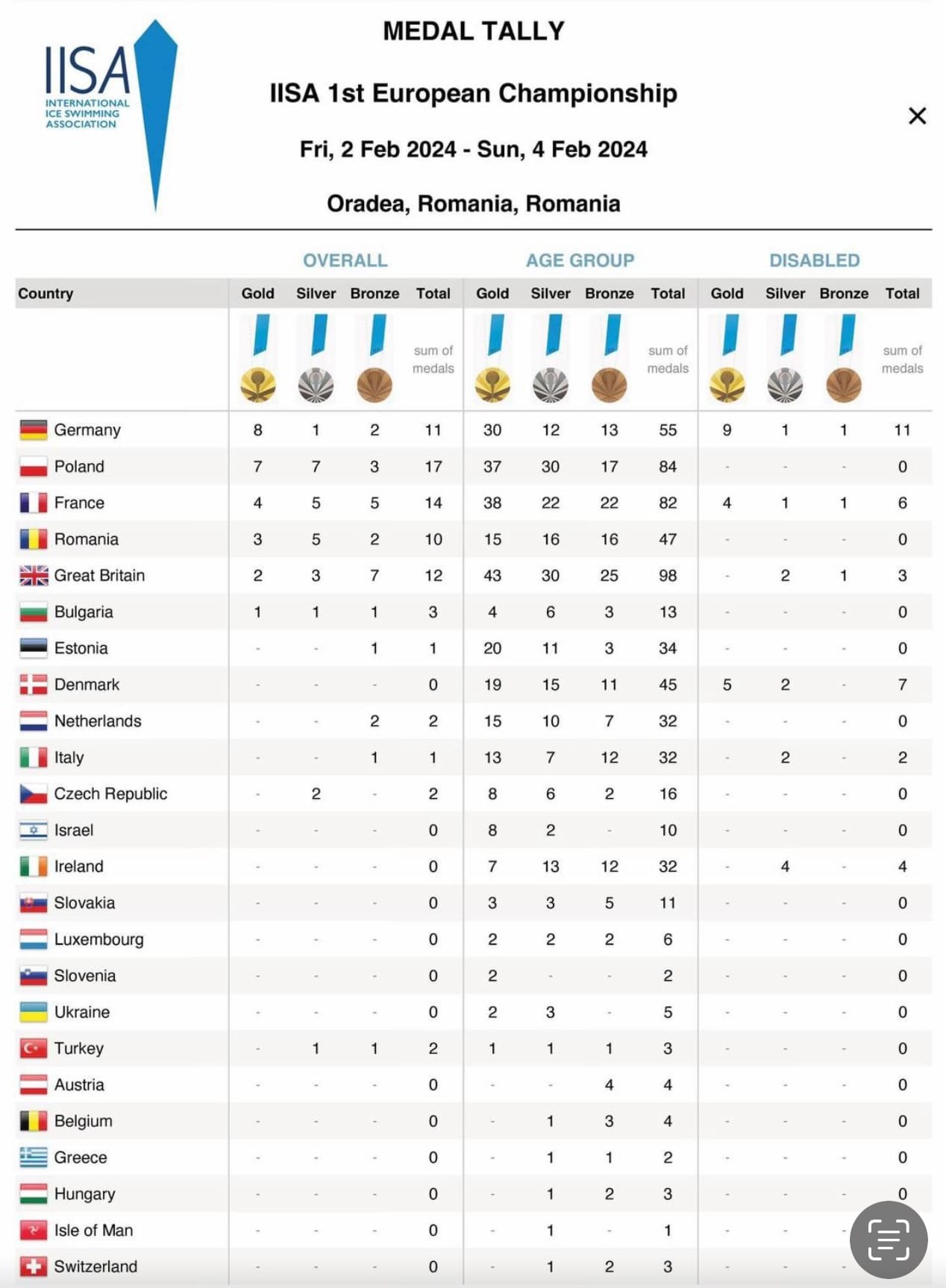
Images courtesy of International Ice Swimming, Debbie Crombie, Laura Nesbitt and Erin Medcalfe
Would you consider trying ice swimming, or do you prefer warmer waters for your aquatic adventures?









